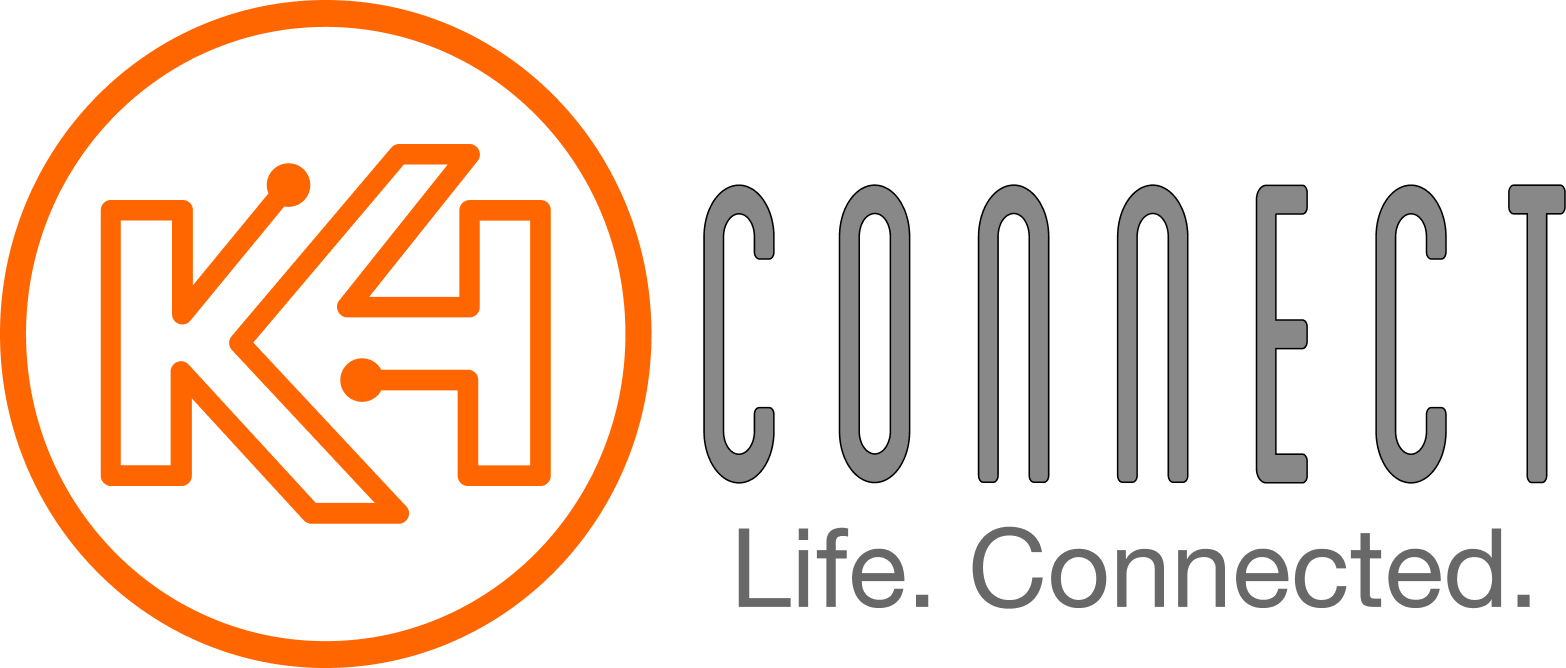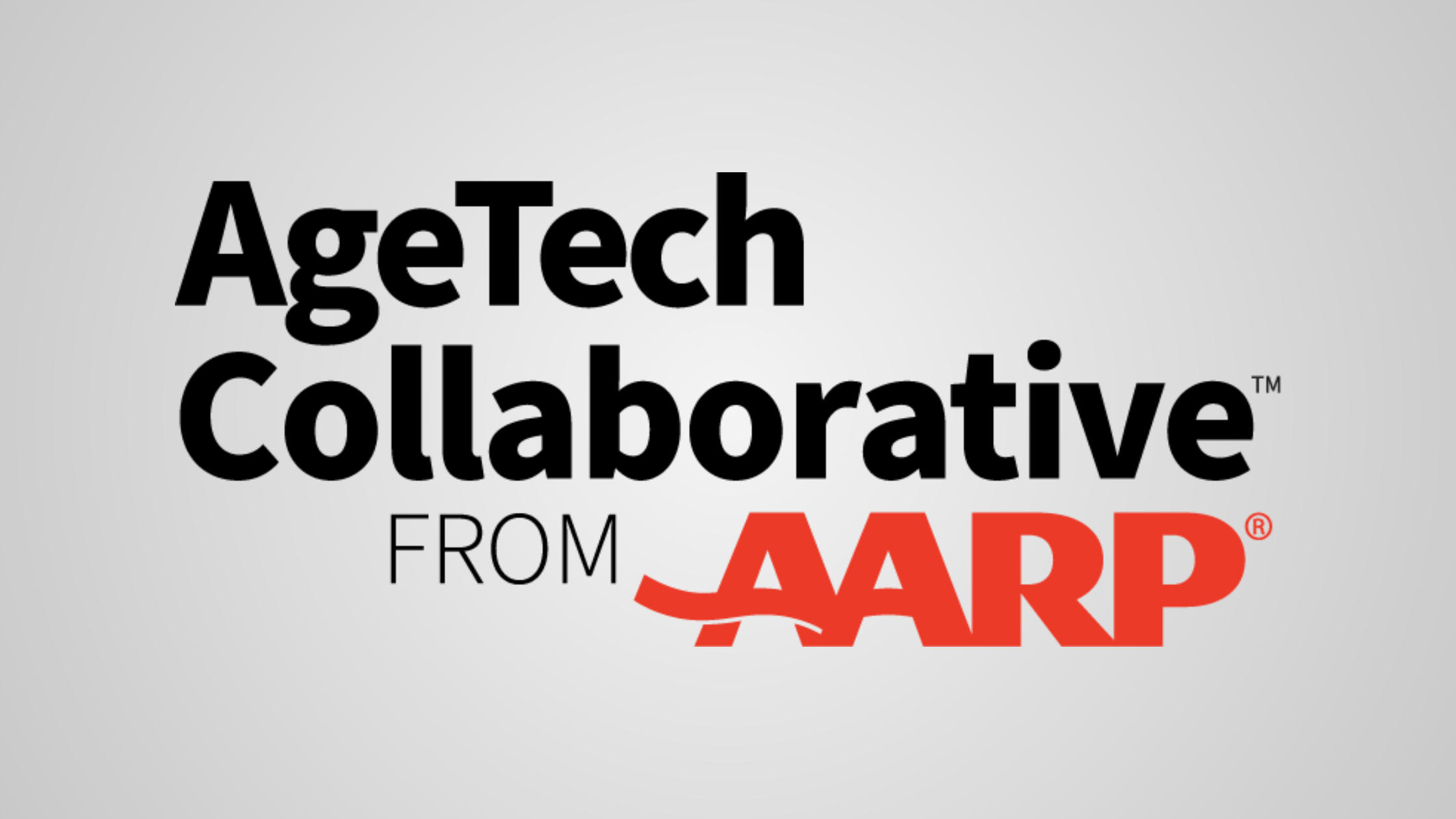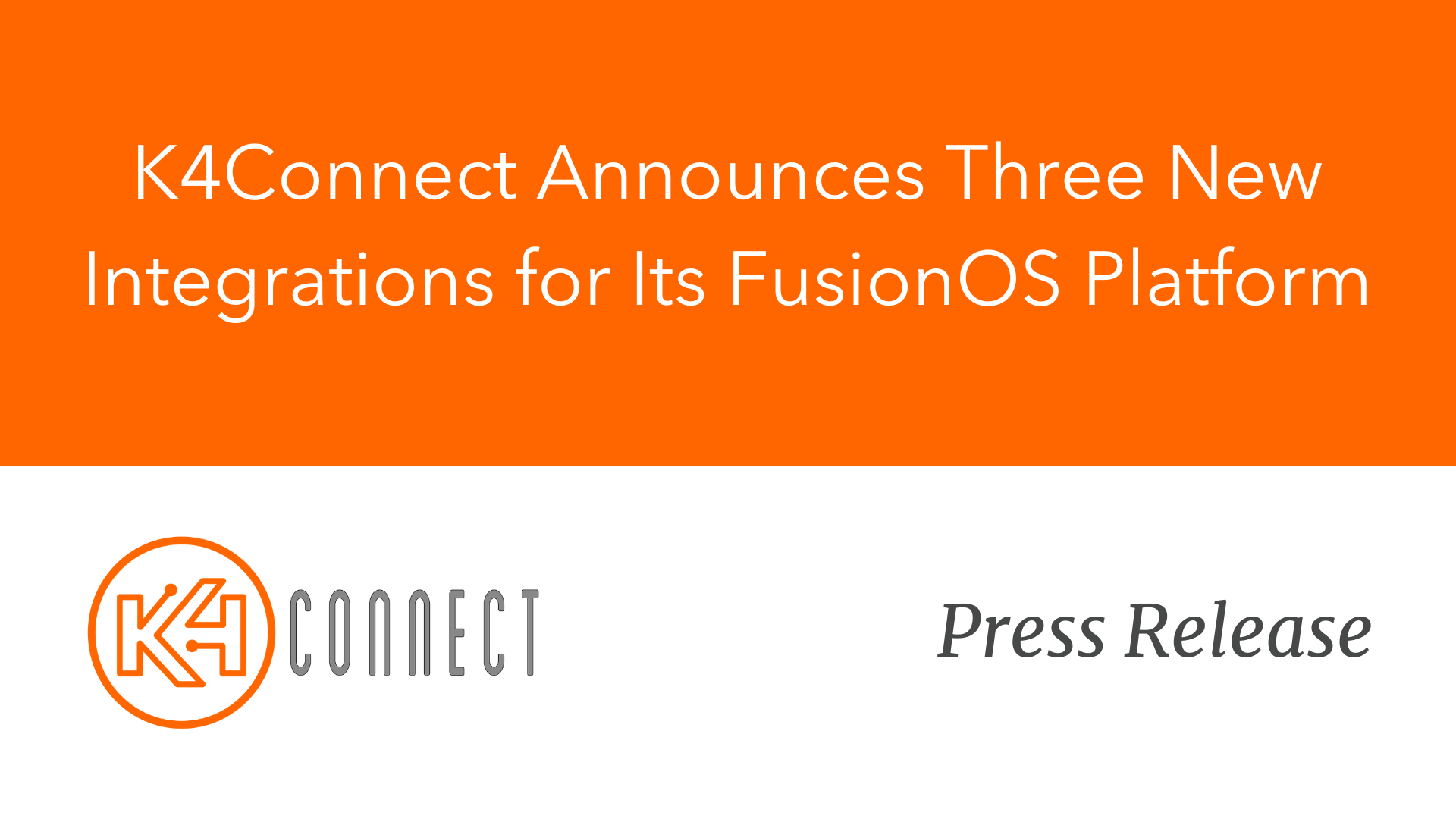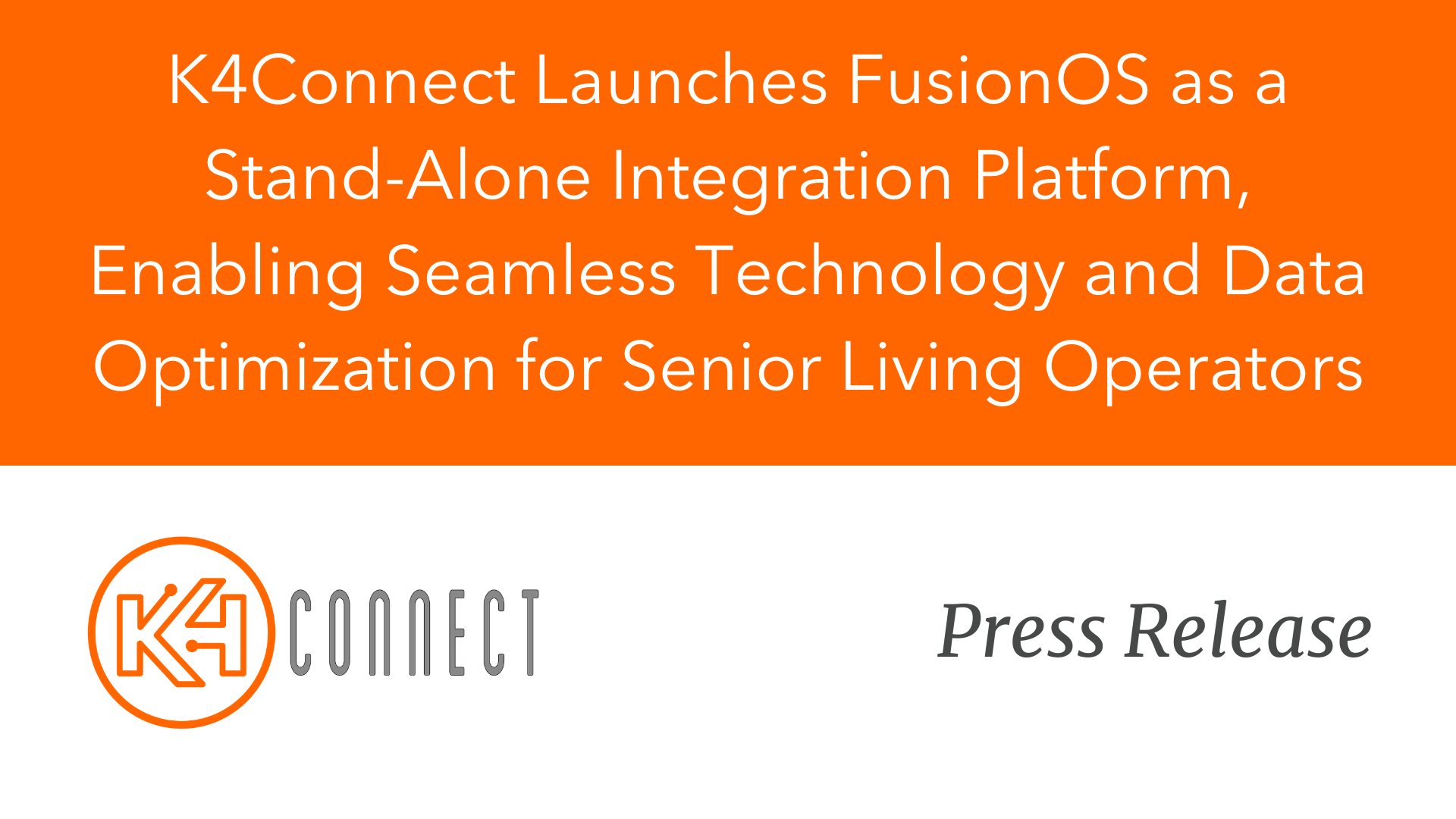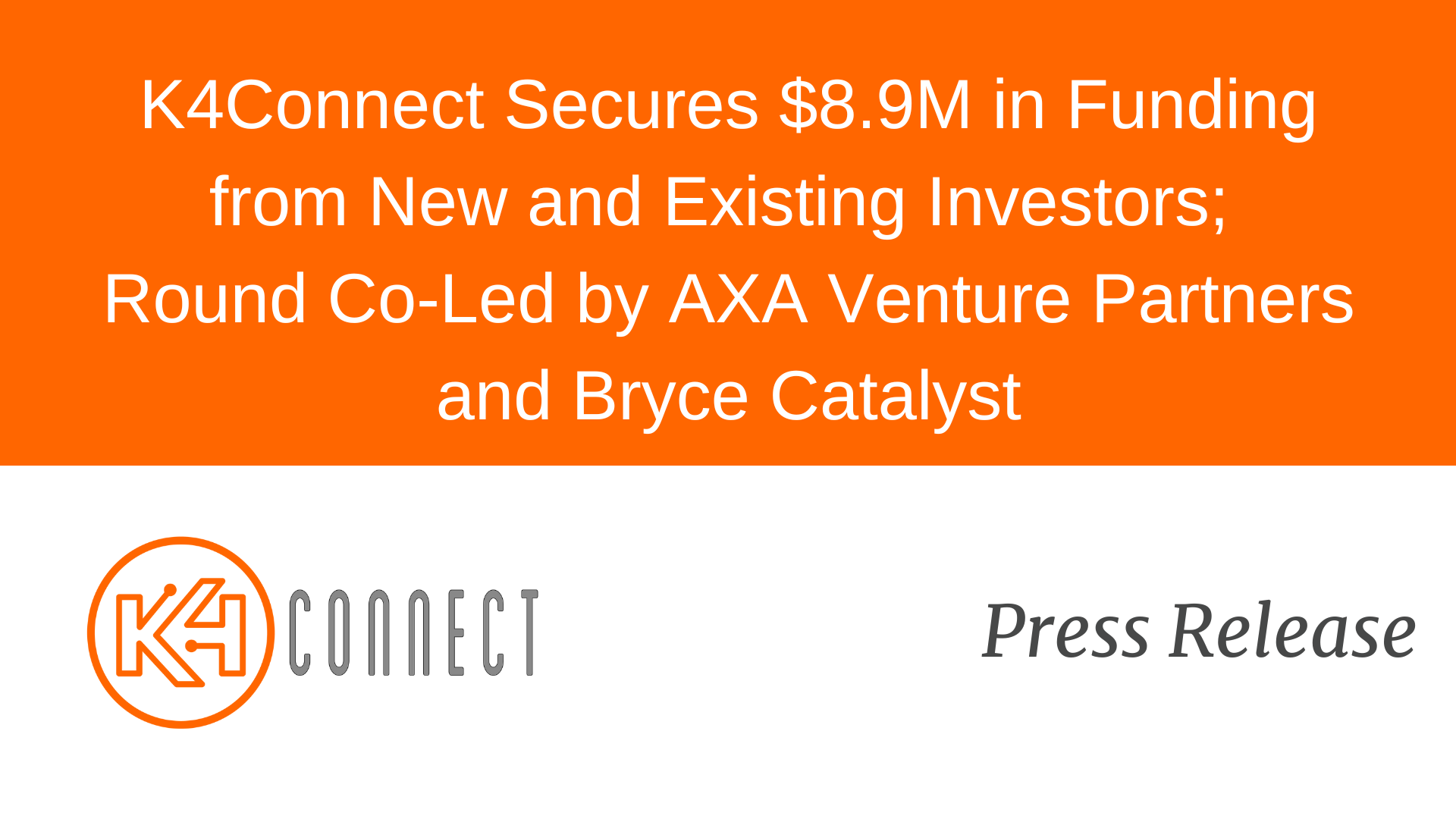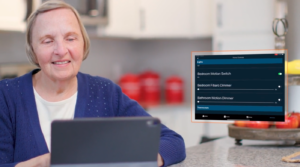By Brianna Thompson
In today’s rapidly evolving digital landscape, K4Connect knows how vital it is that senior living communities keep up with technology that adds value, enhances quality of life for staff and residents, and improves operational efficiencies for operators. The integration of well conceived, planned and deployed technology can truly transform senior living communities for all stakeholders.
Understanding The Needs of Your Community
Making sure that your senior living community has the right technology can be daunting, not only because your community is unique, but because your residents and staff have unique needs, as well as varying degrees of technology understanding. It is imperative that you identify an actual need, and that the technology addresses that need, rather than proves to be of no significant benefit. Some questions to consider when assessing whether your community needs a technology solution and whether all stakeholders will benefit from it:
- Are there any gaps in resident care that this technology will improve or add value?
- Will this technology help staff perform their jobs better, streamline operations, save costs or improve their work-life balance?
- Will this technology enhance the way residents, staff and families interact with each other, stay informed or stay engaged?
- Will this technology help the community be more competitive, attract new residents and grow revenue?
Types of Technology Solutions
Once you can identify and understand the clear needs of your community, it is time to explore the types of technology solutions that are available. These technologies are generally categorized into key areas: health monitoring systems, security and safety solutions, communication platforms, and operational management tools.
Health Monitoring Systems: Healthcare needs are a top consideration and great example of how technology can enhance the efficiency and effectiveness of senior living care. Technologies in health monitoring can include wearable devices and remote monitoring systems that help track residents’ health metrics, medication adherence, and overall well-being. When considering healthcare technologies for your community, look for solutions that manage your EHR/EMR data properly and streamline healthcare processes by reducing data entry and errors.
Security and Safety Solutions: Also a top concern for senior living communities is the safety and well-being of residents, so security systems are a crucial aspect for their technology stack. Some key features to look for in security systems include robust access controls, smart surveillance, and emergency response integration. Robust access controls regulate and track who can access which areas at what times, adding an additional layer of security to protect residents and property with devices like automated door locks. Smart surveillance systems like cameras can be used to identify potential security threats and alert staff in real time. This helps prevent incidents before they occur and allows for swift emergency response. Emergency response integrations allow for devices like fire alarms or call-for-aid buttons so that in case of emergency, these systems can quickly notify staff and first responders for prompt assistance. All of these systems not only protect residents but also give families peace of mind.
Communication Platforms: Effective communication is essential for senior living communities, especially in communities where residents may have limited mobility or are isolated from their families and loved ones. Engagement platforms that facilitate easy communication between residents, staff, and families can enhance their overall day-to-day experience, health and wellness. To ensure seamless and accurate communication, you should look for technology solutions that offer user-friendly interfaces, multifaceted communication channels, and integration with assistive technologies; all of which the K4Community Platform and Plus App offers. User-friendly interfaces allow for reducing the learning curve for residents and staff, making it easier to adopt and utilize the technology effectively. Multifaceted communication channels allow for channels like video and voice calls, and instant messaging; ultimately providing options for residents to connect with their families and friends in ways that suit their personal needs.
Operations Management Tools: Tools that assist with daily operations, such scheduling, content creation, electronic health records management, maintenance work orders, and staffing management systems, can streamline processes, improve efficiencies, and save costs. Most importantly, they free up staff to spend more quality time with the residents they are caring for.
Evaluating Key Factors
After considering all of the needs and the varying devices for senior residents, you should bear in mind these several key factors when choosing technology for these environments.
Ease of Use: Technology should be user-friendly for both residents and staff, even for individuals with limited technical skills or cognitive impairments. Complex systems that are too difficult to navigate can lead to frustration and decreased adoption rates, not just amongst older adults but also younger users as well. Involving residents in the evaluation phase cannot only provide insights into what really matters to them, but more importantly buy-in which leads to better adoption. Masonic Villages of Pennsylvania shares what it’s like working with K4 to evaluate senior living technology for their unique community needs.
Integration Capabilities: Senior living communities often utilize multiple systems and platforms for different purposes like resident check-in and dining. At K4Connect, the Fusion Enterprise Operating Platform, with its patented ”one-to-many” API integration capability, allows third party applications to communicate and update each other. With over 50 integrations from leading technology providers like Canva and MealSuite for example, you can manage and incorporate your community’s digital signage and food service without the hassle of having to input data on several different platforms. The technology your community utilizes should integrate seamlessly with existing systems and processes to ensure that there are no inconsistencies for residents and that the new technology complements current operations. Staff should not have to copy and paste the same data into multiple platforms; the right technology should solve this.
Accessibility: Whether its physical accessibility for residents with mobility impairments or digital accessibility for those with visual and hearing impairments, the technology must be designed to accommodate a wide range of needs for residents. Voice assisted and Smart Home technologies are great options for accessibility solutions.
Cost and ROI: As with any technology investment, cost is a big consideration. It is important to assess the cost of the technology in relation to the expected return on investment and the additional value it will add overall for staff, residents and families. Look for solutions that offer long-term savings through increased efficiency and reduced labor costs, and add value through improved work-life for staff and enhanced resident outcomes. For example, automated systems and technology that reduce manual paperwork and administrative tasks can save significant time and reduce errors, especially in labor short communities; ultimately translating into cost savings and adding more time for caregivers to care for residents. Look at your technology investment over 3 years and reassess your needs regularly. It is also helpful to seek out communities who have successfully implemented technology strategies with measurable outcomes.
The Positive Impacts on Staff, Residents, and Families
Implementing the right technology in your community can have significant impacts across all aspects of your senior living community.
For Residents:
Enhanced Safety and Security: Having technology like emergency response systems and surveillance cameras helps ensure resident safety on a consistent basis. These systems provide quick access to help in case of emergencies, improving residents’ sense of security and providing peace of mind.
Improved Health Monitoring: Having wearable devices and health monitoring systems allows for real-time tracking of health metrics, leading to timely interventions and personalized care plans. This proactive approach can enhance residents’ overall health and well-being and save considerable expenses on reactive care.
For Staff:
Increased Efficiency: Technology such as electronic health records and staff management systems streamline administrative tasks, allowing staff to focus more on direct care for residents. With the on-going labor shortage that is affecting all aspects of senior living and healthcare, it is growing more and more important for staff to be able to optimize their time rather than spend it on repetitive administrative tasks. This also improves job satisfaction and reduces burnout.
Better Communication: Platforms that facilitate communication among staff members can improve coordination and teamwork, leading to more efficient care delivery and reduced errors.
For Resident Families:
Transparency: Technology that allows clear access to care plans, health updates, and other relevant information promotes transparency and trust between the senior living community and families.
Enhanced Engagement: Communication platforms and family portals allow resident families to stay connected with their loved ones, receive updates on their safety, well-being, and participate in their care. Having technology like this fosters a sense of involvement and reassurance for families.
Evaluating ROI and Business Impact
Investing in technology positively impacts the bottom line for senior living communities. Technology solutions for staff improve operational efficiencies by reducing redundant tasks, minimizing errors, and streamlining processes. Happy, well supported staff leads to higher retention rates and easier recruitment. Technology that enhances resident wellness, care and safety contributes to better health outcomes and longer stays, which in turn leads to higher satisfaction scores and improved reputation. A strong reputation attracts more residents and their families, and drives sustainable revenue growth. Advanced technologies also provide valuable data and insights that help operators make informed decisions for their communities. Centralized data from connected services, systems and devices can reveal trends, identify areas of improvement, and make it easy to quantify and qualify the impact of investments in technology solutions.
Real-World Examples
Senior living communities are embracing technology to enhance their operations and resident experience. A great example of cutting edge, resident-empowering technology is K4Community Voice that brings voice assistance to life with Amazon Alexa, promoting independence and connection for residents by making their home and living community accessible simply by using their voice. This integration was also an easy adoption because according to Sheri Peifer, Chief Strategy Officer at Eskaton, “When we can use our voice, it really does break down the barriers of adoption. Voice-first technology is extremely interesting because it reduces the friction of technology adoption.”
Overall, choosing the right technology for your senior living community requires a lot of careful consideration based on the specific needs of your staff, residents and their families. By evaluating the types of technology available, understanding their potential impacts, and assessing the ROI, communities can make the most informed decisions about how to enhance residents’ quality of life, improve operational efficiency, and drive business success. As we move forward in this ever evolving technological world, we must empower older adults with solutions that transform their lives in meaningful ways; that improves wellness and happiness, enhances connection and engagement, and helps them maintain independence and quality of life.
K4Connect can help you assess your technology needs. Let’s connect!
